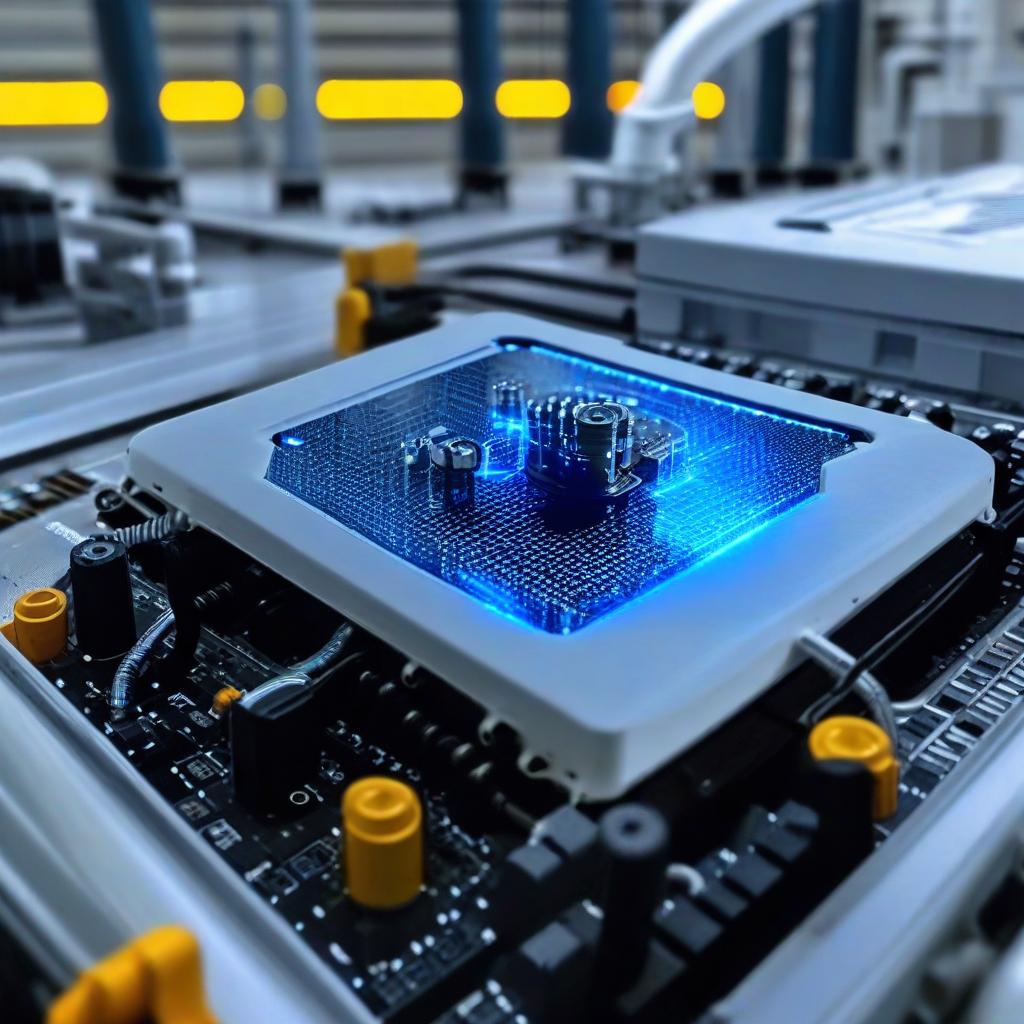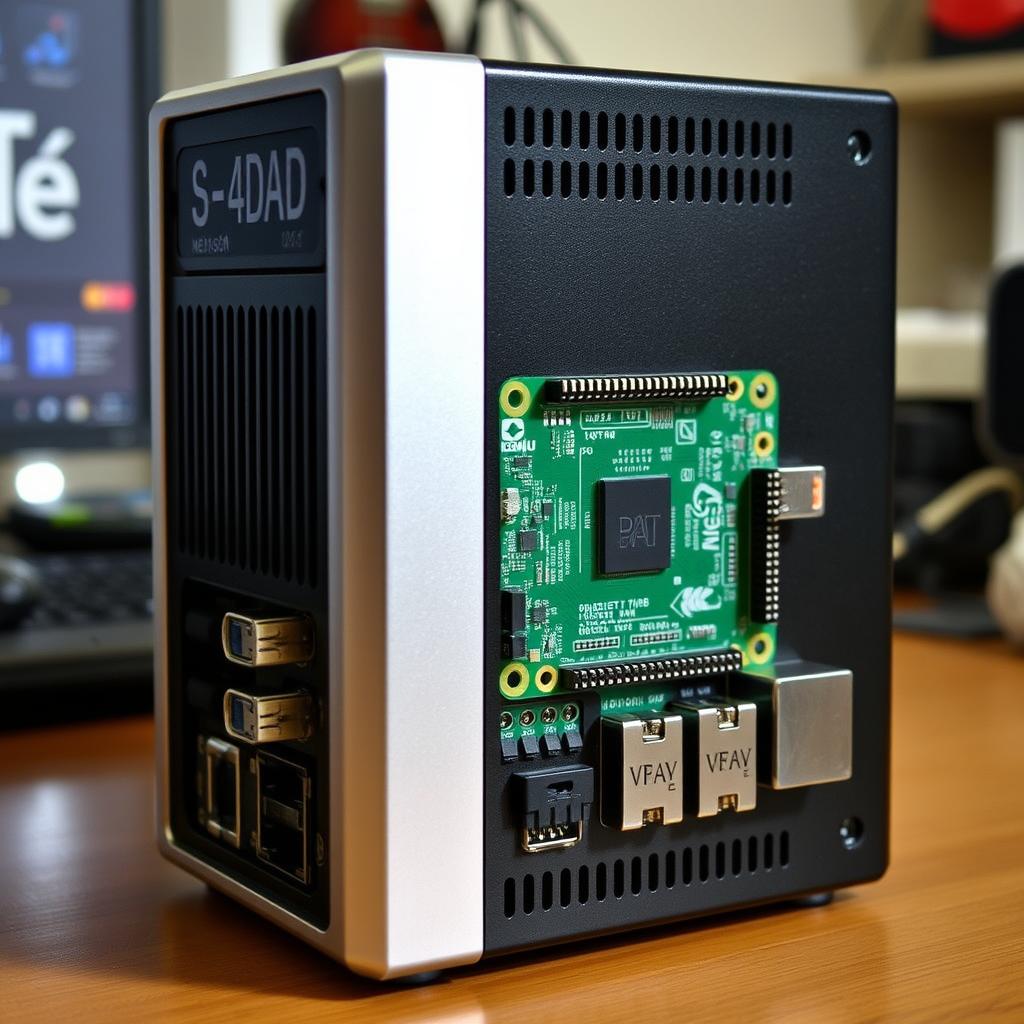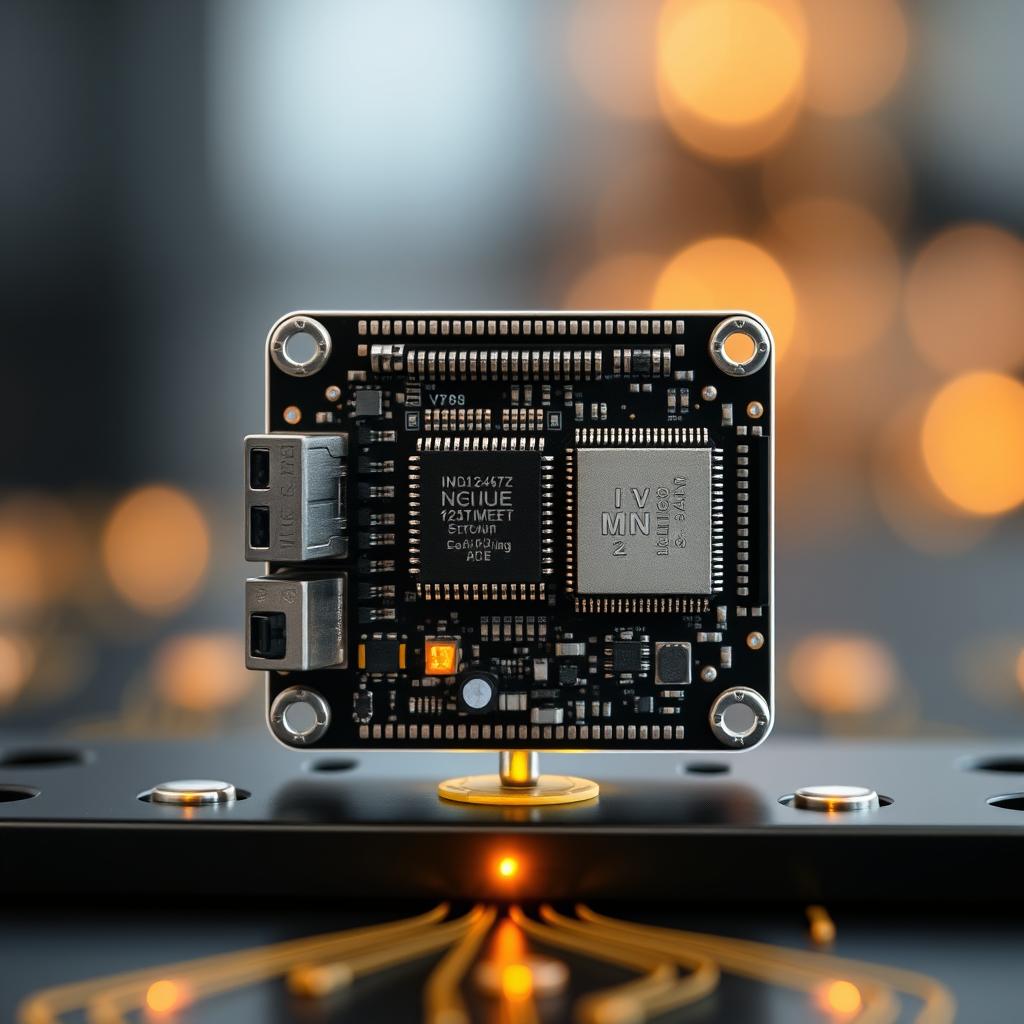Discover how the ESP32 microcontroller transforms industrial automation with real-time control, data processing, predictive maintenance, and wireless communication.
The ESP32 microcontroller has emerged as a highly versatile and robust solution for industrial automation, enabling the transformation of conventional manufacturing processes into smart, efficient, and highly automated systems. Its dual-core processor, built-in Wi-Fi, Bluetooth capabilities, and extensive GPIO (General Purpose Input/Output) options provide the power and flexibility needed for complex automation tasks in industries such as manufacturing, logistics, and energy management.
The Role of ESP32 in Modern Industrial Automation:
Industrial automation relies heavily on precise control and real-time monitoring to optimize productivity, reduce costs, and ensure safety. The ESP32’s ability to interface with various sensors, actuators, and other control devices makes it ideal for applications such as conveyor belt management, automated sorting, robotic arms, and even complex tasks like CNC (Computer Numerical Control) machine operation.
For example, in a smart factory, the ESP32 can be used to monitor the speed and position of conveyor belts. It can communicate with infrared sensors to detect objects on the belt, send commands to pneumatic actuators for sorting or redirecting products, and even adjust the speed of motors based on production requirements. This level of automation ensures that the factory operates at optimal efficiency, reducing wastage and minimizing manual intervention.
Integrating the ESP32 with Industrial Protocols and SCADA Systems:
A key advantage of the ESP32 is its compatibility with industrial communication protocols like Modbus, MQTT, and CAN bus, allowing seamless integration with legacy systems, PLCs (Programmable Logic Controllers), and SCADA (Supervisory Control and Data Acquisition) systems. This integration is crucial for centralizing control and monitoring operations across multiple machines and production lines.
For instance, by acting as a Modbus RTU slave, the ESP32 can exchange data with a PLC that controls a packaging line. The ESP32 can monitor sensor data, such as temperature, pressure, and product count, and relay this information to a SCADA system. Operators can then visualize this data on a dashboard, enabling them to make informed decisions, detect bottlenecks, and optimize production processes.
Wireless Communication and Real-Time Data Processing:
The ESP32’s wireless capabilities enable it to function as a central hub in an industrial automation network, collecting data from sensors and transmitting it to cloud-based systems for analysis. This wireless communication eliminates the need for extensive wiring, reducing installation costs and simplifying the overall infrastructure. The ESP32 can connect to remote servers or databases, ensuring that data is accessible from anywhere, enabling remote monitoring and control.
Additionally, the ESP32 can process data in real time, providing immediate feedback and responses to changes in production parameters. For example, in an automated milling machine, the ESP32 can monitor cutting force and tool wear in real time, adjusting the machine’s speed or feed rate to prevent damage and improve the quality of finished parts. This capability enhances precision, reduces material waste, and extends the lifespan of equipment.
Predictive Maintenance with ESP32:
Predictive maintenance is a critical aspect of modern industrial automation, helping to prevent costly downtime by identifying potential issues before they escalate. The ESP32 can be connected to vibration sensors, thermocouples, and current transducers to monitor the health of machinery. By analyzing data such as vibration patterns, temperature fluctuations, and current draw, the ESP32 can detect anomalies indicative of mechanical faults, misalignment, or bearing wear.
When integrated with machine learning algorithms, the ESP32 can even predict equipment failures based on historical data, allowing maintenance teams to schedule repairs or replacements before a breakdown occurs. This predictive capability not only minimizes unplanned downtime but also extends the life of machinery, resulting in significant cost savings.
Safety Integration and Human-Machine Interfaces (HMIs):
In industrial environments, safety is paramount, and the ESP32 can be configured to monitor and enforce safety protocols. It can be used to control emergency stop systems, monitor safety light curtains, and manage access control for restricted areas. When integrated with HMIs, the ESP32 can provide operators with real-time alerts and visual feedback on machine status, enhancing situational awareness and preventing accidents.
For example, in a robotic assembly line, the ESP32 can monitor safety zones using infrared sensors and immediately halt robotic movements if an unauthorized person enters the area, ensuring worker safety.
The ESP32 microcontroller is revolutionizing industrial automation by providing advanced capabilities such as real-time data processing, wireless communication, predictive maintenance, and seamless integration with existing systems. Its versatility, reliability, and scalability make it an indispensable tool for transforming traditional factories into smart, connected, and efficient production environments.






